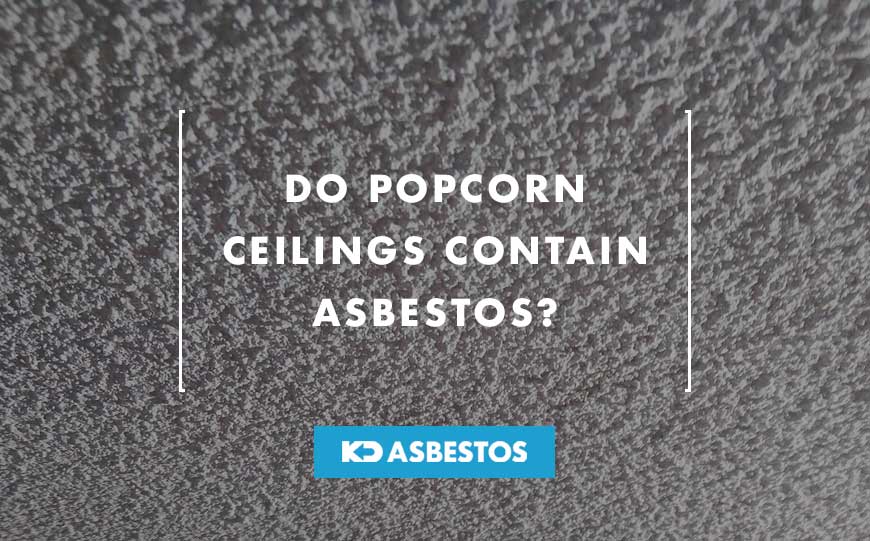
Popcorn ceilings and textured paints used to be very popular, until they were banned in the late 1990’s.
This asbestos containing material can sometimes be found in homes with textured artex style ceilings, also known as popcorn ceilings, and are especially present in buildings constructed during the 1980s or beforehand.
Table of Contents
What is a Popcorn Ceiling?
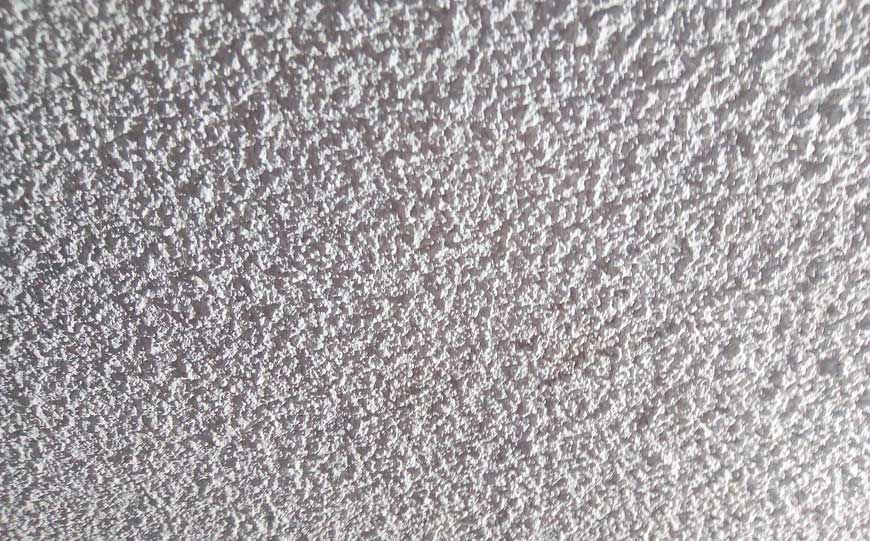
Image source: Wikipedia
Popcorn ceilings are a spray-on textured paint which used to be manufactured last century, and was quite commonplace for many years.
It’s normally a white paint which is peppered with textured popcorn-like kernels, and this is where it got its name.
However, other spray-on textured paints which also contain asbestos could be found in different colours.
Similar to popcorn ceilings, there are also textured ceilings, acoustic ceilings, cottage-cheese ceilings, stucco and stipple.
Being easy to install, and offering soundproofing and fireproofing properties, popcorn ceilings were commonly found in many homes.
However, such materials contain up to 10% asbestos contamination.
Where are Popcorn Ceilings Commonly Found?
Popcorn ceilings used to be very popular in homes, especially in North America.
Spray-on paints were also commonly used on walls and sidings back in the 1980s, and also before that, going as far back as the 1940’s.
In 1973 there was the first ban on spray-on surfacing asbestos-containing materials.
This ban was further expanded five years later to include spray-on paints.
Popcorn ceilings were widely used between 1945 and the early 1990s as they were aesthetically pleasing, and also ideal to cover up imperfections.
They were also found to be ideal for acoustic insulation.
Do Popcorn Ceilings Contain Asbestos?
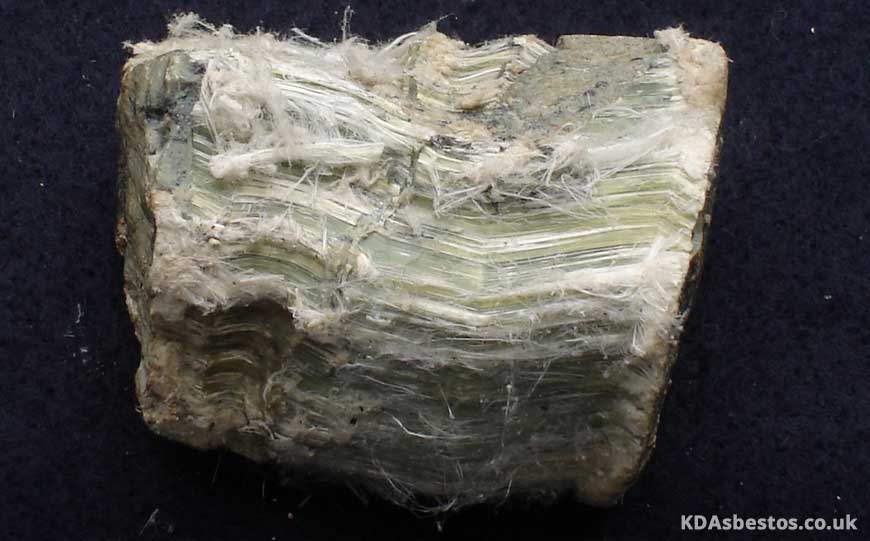
While not all popcorn ceilings contain asbestos, unfortunately most of them do.
This is especially the case for those which were installed until the 1980s.
While banning was introduced over the years, researchers noted that there could still have been popcorn ceiling materials containing white asbestos even after the ban, due to inventories.
As such, if the house was built or refurbished before the 1990s, it’s safe to assume that asbestos is present in the popcorn ceiling.
In this case the risk of asbestos contamination is significant, especially in cases where there is some form of deterioration.
Any crumbling, tears or water damage needs to be tackled with great care and an asbestos removal professional should be consulted in the case of considerable damages as removal, encasement or encapsulation will need to be considered.
How Common is Asbestos in Popcorn Ceilings?
Asbestos was added to various materials in order to make them stronger and more durable, as well as to make the most of the insulation and fire-retardant properties of the fibres.
As a result, popcorn ceilings and similar products used throughout the 20th century generally contained asbestos.
If the popcorn ceiling or similar material was installed between 1945 and the early 1990s, there’s a high probability that it contains asbestos.
Testing Popcorn Ceilings for Asbestos
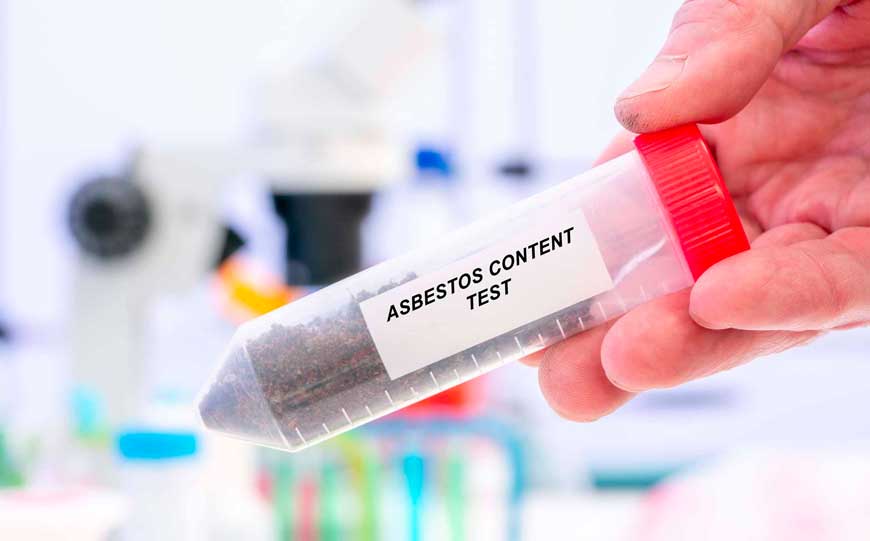
Image credit: Shutterstock
One cannot determine whether a popcorn ceiling contains asbestos or not via a simple visual inspection.
The asbestos fibres are over 1000 times thinner than a human hair, hence asbestos testing needs to be carried out to verify whether asbestos fibres are present.
Such testing is ideally carried out by a professional who will be able to test the material as well as the air in the property to check whether there is any contamination present.
A licensed asbestos contractor will be specially trained in local and national regulations and be well versed with the correct handling and disposal of asbestos.
An inspection will be conducted to check any damaged material.
In case a renovation is planned, it’s also advisable to have such a contractor inspect the areas preferably prior to commencement of the works.
Samples will be taken to send off for lab testing.
Should I Remove My Popcorn Ceiling Myself?
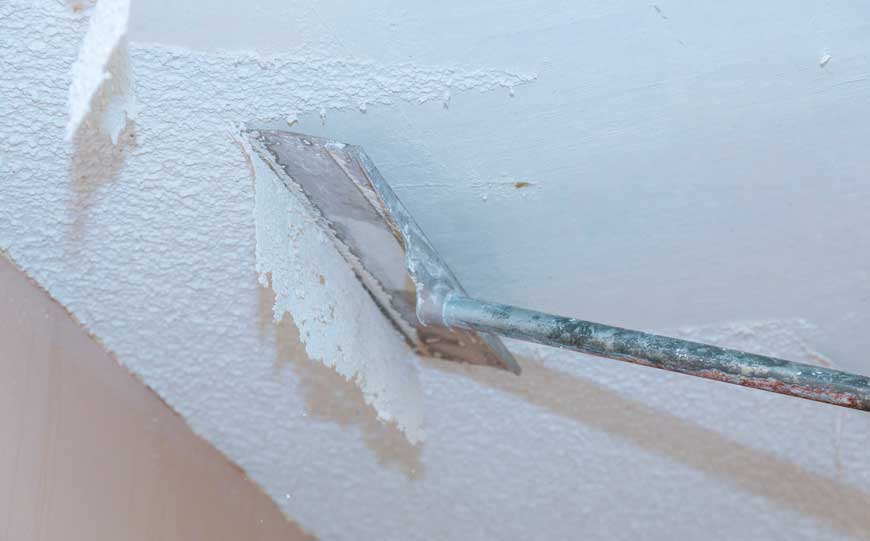
Image credit: Shutterstock
As with most other asbestos containing materials, the safest and only option is to contact an asbestos professional to take care of the job.
They can advise on the best course of action, whether it be removal, encasement or encapsulation.
Exposure to asbestos fibres is highly risky to health, and as such it’s best to have a professional handle such a delicate job.
Any work carried out on popcorn ceilings can disturb the asbestos fibres, and thus lead to hazardous asbestos fibres becoming airborne.
Hence one should refrain from disturbing such a material in any way, be it by patching, sanding, or attempting to remove it.
Hence, as a rule homeowners, tenants or landlords should not attempt to conduct any form of asbestos removal.
A licensed contractor will first assess the condition of the material as well as its friability level.
Highly friable asbestos materials are very dangerous as there’s a high chance of asbestos fibres being released into the air and inhaled.
When removal is deemed the best way forward, a licensed professional will need to be hired to safely and legally remove and dispose of the asbestos.
A very strict procedure will be required, including removing furniture from the room, covering anything that cannot be removed, and sealing doors and windows via an isolation area.
The workers will wear protective gear including HEPA respirators, disposable coveralls as well as set up air purifiers.
The popcorn ceiling will need to be wetted throughout the process to prevent dust from contaminating the air.
Then all the waste will be sealed in labeled bags and disposed of according to regulations.
In the case of a low friability, encapsulation is generally recommended, so that the asbestos containing material is properly covered and prevents any fibres releasing into the air.
Health Risks of Asbestos Exposure
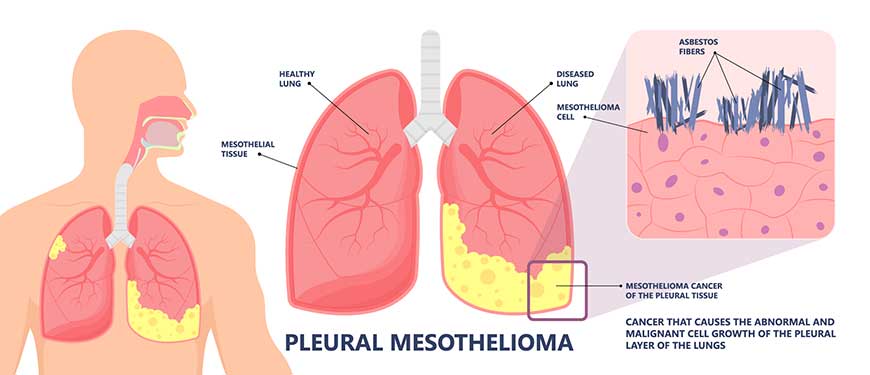
Image credit: Shutterstock
Asbestos fibres are dangerous if they become airborne.
They can be easily inhaled or ingested, and once asbestos makes its way into the body serious health conditions can develop.
Since asbestos fibres embed into the linings of internal organs, they will in time cause irritation and scarring, which will then be conducive to various serious health problems such as asbestosis, asbestos lung cancer and mesothelioma cancer.
Asbestos diseases can take anywhere between 10 to 50 years to develop following the initial exposure.
Repeated exposure to asbestos increases the chances of developing an asbestos disease.
That said, there is no safe level of asbestos exposure.
Who’s at Risk from Asbestos Popcorn Ceilings?
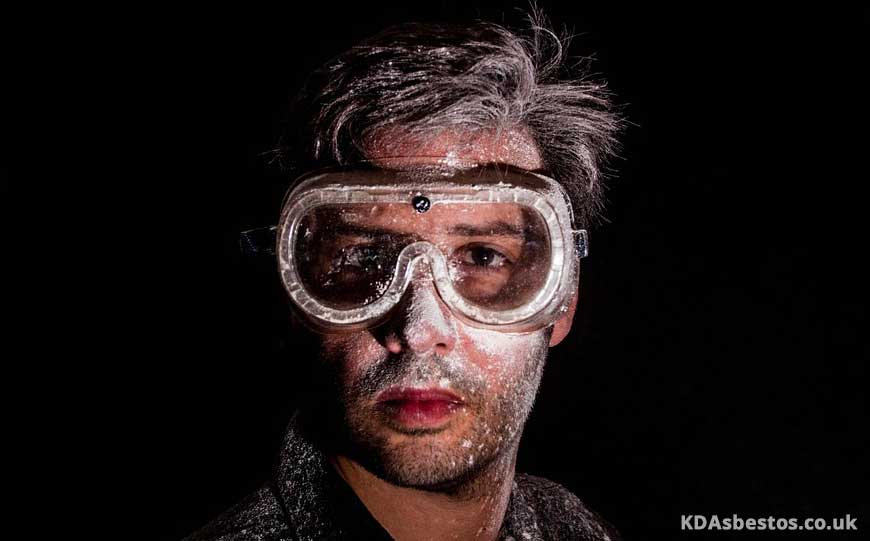
High risk groups of coming into contact with asbestos in popcorn ceilings include construction professionals who engage in renovation, demolition or construction work.
In this case, there is occupational exposure.
However, homeowners and their families may be exposed to asbestos.
In such a case, there is a genuine risk of at-home asbestos exposure.
There could also be secondary exposure, which occurs when someone comes into contact with a person who may have asbestos fibres on their person.
This includes those living with asbestos or construction workers.
Conclusion
As long as the popcorn ceiling is in good condition, there’s no immediate need to worry.
If left undisturbed, it should not pose any risks.
If you are concerned however, and notice any signs of damage or deterioration, or are planning any renovations, it’s important to consult a professional.
This is because since asbestos fibres are very hazardous, the safest option is to leave any work related to it in the hands of a trained and qualified professional.
This will ensure that the popcorn ceiling is dealt with safely, and no one is at risk of being exposed to harmful asbestos fibres.